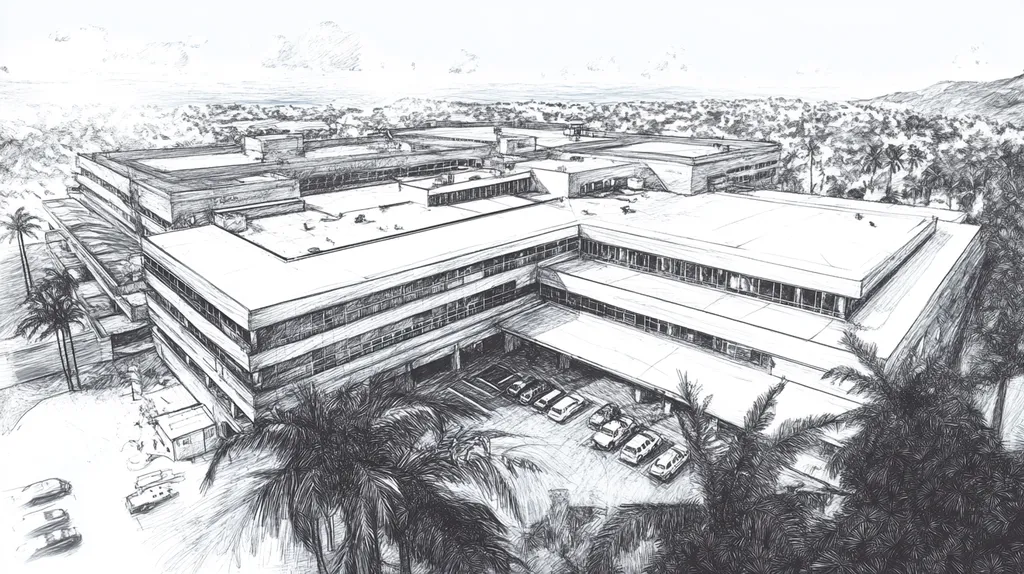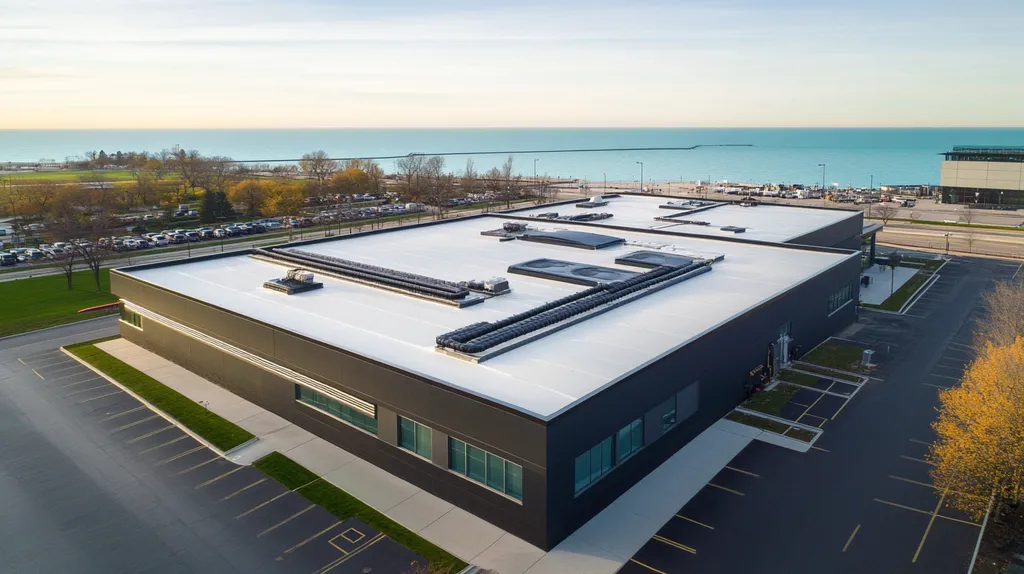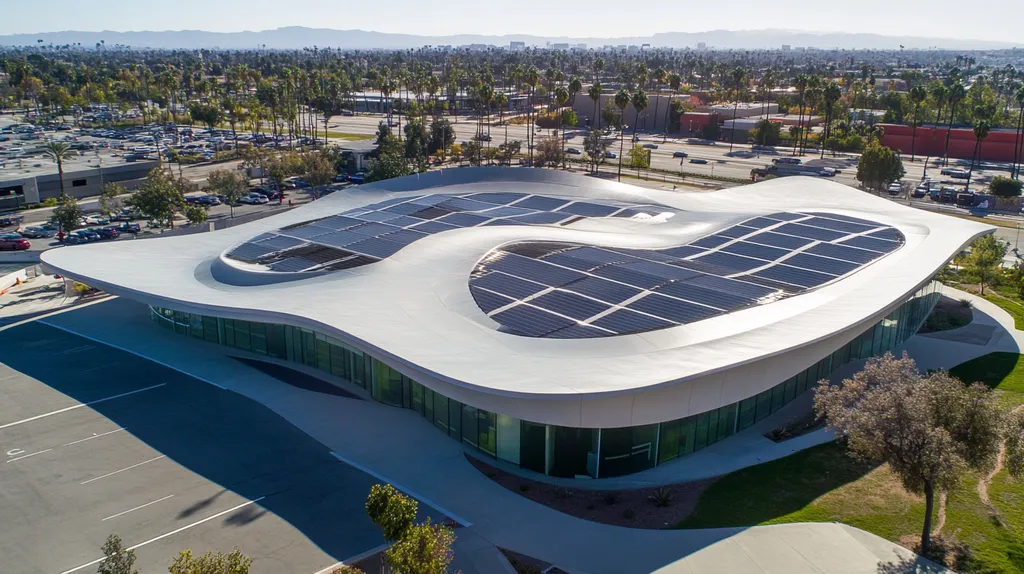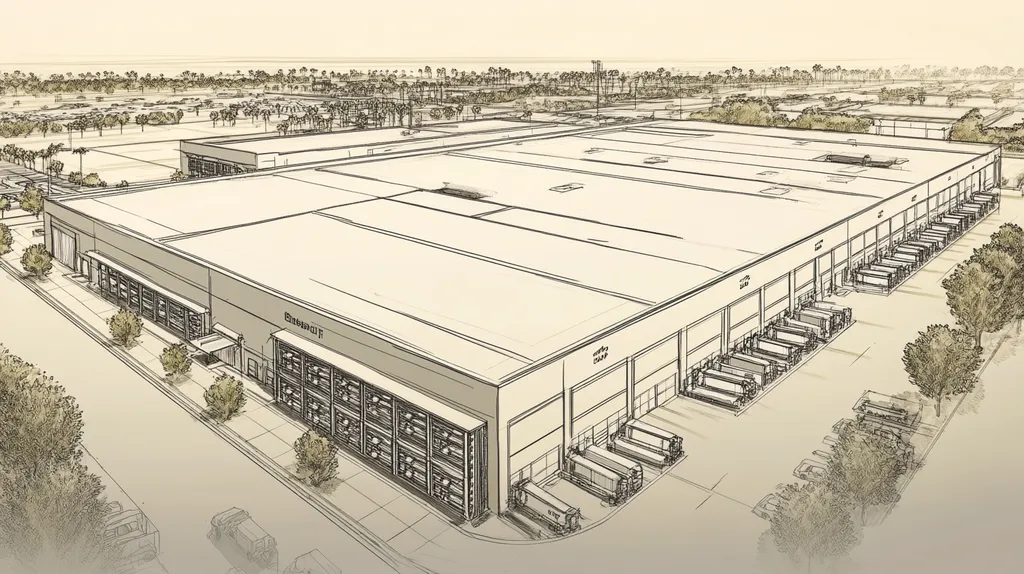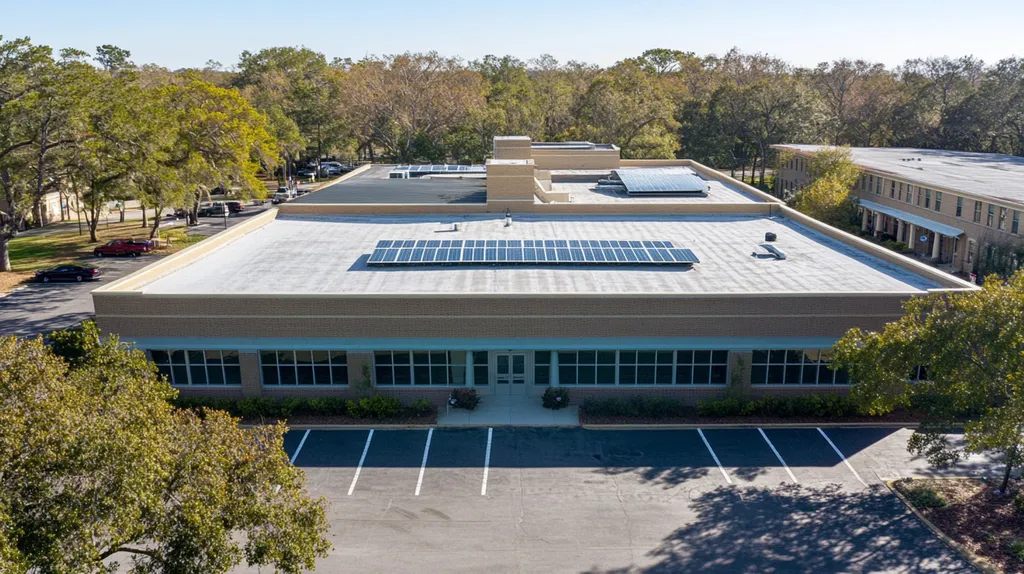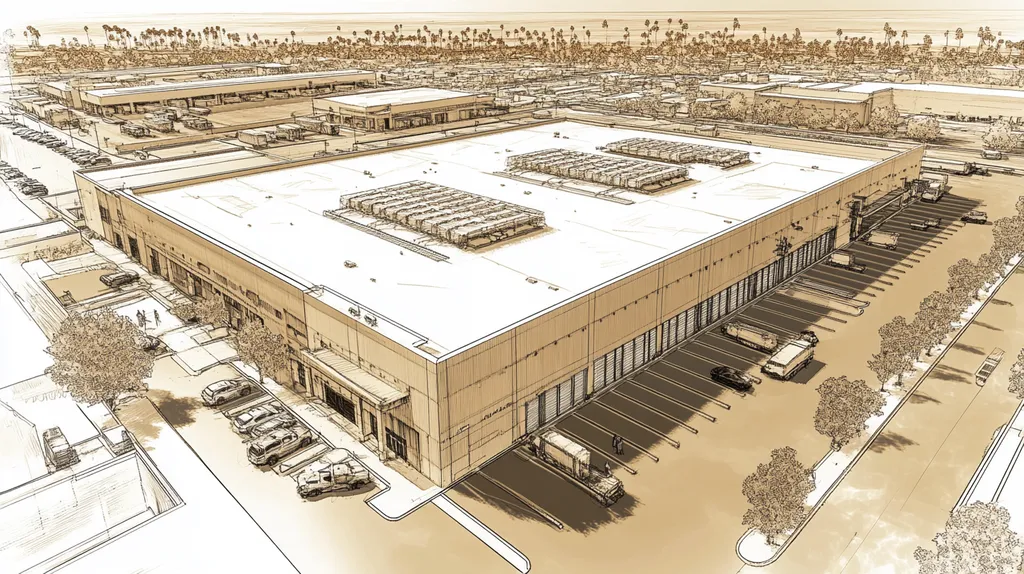Welcome to today’s Battle Royale featuring two roofing heavyweights: “Cool Roof Coatings” in the east corner versus “Reflective Membranes” in the west!
Tonight’s showdown pits these contenders against each other across six punishing rounds designed to test every aspect of their performance for reflective coatings on commercial roofs.
At stake? Millions in potential costs, decades of building protection, and the critical performance demands of modern commercial and industrial facilities.
Our professional judging panel will evaluate each round on technical merit, real-world performance, and value delivery. After all six rounds, we’ll declare our ultimate champion.
Ladies and gentlemen, facility managers and building owners… it’s time to rumble!
ROUND 1: INITIAL COSTS & INSTALLATION
If you think choosing between cool roof coatings and reflective membranes is just about picking the shiniest option, you might as well flip a coin to decide the fate of your energy bills. With commercial buildings guzzling 35% of U.S. electricity consumption, the stakes couldn’t be higher. Let’s break down the dollars, sense, and occasional nonsense of these roofing rivals.
Material Expenses
Cool roof coatings can reflect sunlight and heat away from buildings, reducing roof temperatures by up to 50°F and slashing cooling costs dramatically. These reflective materials also extend roof lifespan by reducing thermal stress, contributing to LEED certifications and boosting property values. (source: Martin Specialty Coatings)
When it comes to upfront costs, cool roof coatings typically ring in at $0.50 to $3 per square foot – about half the cost of reflective membranes. However, these savings come with a catch: coatings usually require more frequent reapplication.
Reflective membranes command premium prices, ranging from $3 to $7 per square foot. But their superior durability and longer lifespan often justify the investment, especially for buildings with high cooling demands.
Based on total cost of ownership, “ADVANTAGE: Reflective Membranes”
Installation Complexity
Installing cool roof coatings is about as complicated as painting your house – if your house happened to be flat and horizontal. A skilled crew can typically complete the application in a single day, requiring minimal specialized equipment.
These coatings can be rolled, brushed, or sprayed on existing surfaces, making them ideal for quick retrofits. The simplicity means lower labor costs and fewer opportunities for installation errors.
Reflective membranes, meanwhile, demand the precision of a surgeon and the patience of a saint. Installation requires specialized tools, careful seam welding, and perfect weather conditions – making it more expensive and time-consuming.
“ADVANTAGE: Cool Roof Coatings”
Project Timeline
Cool roof coatings win the speed race hands down. Most installations wrap up in 24-48 hours, minimizing disruption to business operations. The quick cure time means facilities can resume normal operations almost immediately.
Reflective membrane installations typically stretch across 3-5 days, assuming perfect weather conditions. Add in material delivery, crew coordination, and weather delays, and you’re looking at a week or more of rooftop drama.
For businesses where time literally equals money, the choice becomes crystal clear. “ADVANTAGE: Cool Roof Coatings”
ROUND 1 WINNER: Cool Roof Coatings
ROUND 2: DURABILITY & LIFESPAN
If you think roofing durability is just about surviving a few rainstorms, you might as well cover your building with an oversized umbrella. With commercial roof replacements costing anywhere from $50,000 to millions, choosing between cool roof coatings and reflective membranes becomes a high-stakes game of “outlast or pay up.”
Weather Warriors
Cool roof coatings put up a decent fight against Mother Nature’s mood swings. Their elastomeric properties allow them to expand and contract with temperature changes without cracking, while their reflective properties help deflect harmful UV rays.
However, these coatings can struggle with ponding water and may require reapplication every 5-7 years. Think of them as the lightweight boxer – quick on their feet but vulnerable to heavy hits.
Reflective membranes, on the other hand, are the heavyweight champions of weather resistance. Their thick, multi-layer construction laughs in the face of hail, high winds, and that mysterious debris your neighbor’s kids keep throwing up there.
ADVANTAGE: Reflective Membranes
Maintenance Matters
Cool roof coatings need regular check-ups like a hypochondriac at a walk-in clinic. Annual inspections and touch-ups are essential to maintain their reflective properties and protective capabilities.
The good news? Most maintenance issues can be resolved with simple recoating of problem areas. The bad news? Those problem areas tend to multiply faster than rabbits in springtime.
Reflective membranes require minimal maintenance beyond basic cleaning and periodic seam inspections. Their robust construction means fewer emergency calls and more peaceful nights for facility managers.
ADVANTAGE: Reflective Membranes
Longevity League
In the lifespan olympics, cool roof coatings are more of a sprinter than a marathon runner. Even with perfect maintenance, most coatings tap out around the 10-year mark.
This shorter lifespan means more frequent reapplication cycles, which can add up faster than your coffee budget during tax season. Each reapplication also means another round of labor costs and potential business disruption.
Reflective membranes typically cruise past the 20-year mark without breaking a sweat. Their superior durability and resistance to environmental stress make them the clear choice for buildings playing the long game.
ADVANTAGE: Reflective Membranes
ROUND 2 WINNER: Reflective Membranes
ROUND 3: PERFORMANCE FACTORS
If you think all reflective roofing options perform the same way, you might as well believe that tinfoil hats protect against 5G signals. With commercial buildings hemorrhaging up to 40% of their cooling costs through poorly performing roofs, choosing between cool roof coatings and reflective membranes isn’t just about picking the shiniest option – it’s about understanding what happens after the contractors pack up their tools.
Solar Reflectance
Solar reflectance isn’t just about looking shiny – it’s about sending heat packing before it can crash your building’s thermal party. Cool roof coatings excel at initial reflectance, bouncing away up to 85% of solar radiation like a disco ball at a physics convention.
However, these coatings can lose their reflective mojo faster than a smartphone loses battery life. Dirt, debris, and UV exposure gradually reduce their effectiveness, requiring regular cleaning and maintenance to maintain peak performance.
Reflective membranes maintain their solar-bouncing abilities longer, thanks to tougher surface compounds and better resistance to environmental wear. While their initial reflectance might be slightly lower, they’re more like marathon runners than sprinters.
ADVANTAGE: Reflective Membranes
Thermal Performance
Cool roof coatings create an impressive temperature differential, dropping surface temperatures by up to 50°F compared to traditional roofing. This dramatic cooling effect means your HVAC system can take more coffee breaks and fewer overtime shifts.
These coatings also excel at evening performance, releasing accumulated heat faster than a teenager drops their phone when dinner’s ready. This rapid heat release helps prevent thermal aging and reduces nighttime urban heat island effects.
Reflective membranes offer similar thermal benefits but with more consistent performance across seasonal changes. Their thicker profile provides additional insulation value, making them particularly effective in mixed climates.
TIE
Environmental Impact
Cool roof coatings deliver impressive environmental credentials, with low VOC formulations and minimal waste during installation. Their ability to reduce cooling loads means fewer carbon emissions from overworked HVAC systems.
The catch? More frequent reapplication means more materials consumed over time, like replacing disposable water bottles instead of using a durable container. Each recoating cycle generates additional environmental impact.
Reflective membranes require more raw materials upfront but last significantly longer. Their durability means fewer replacement cycles and less waste heading to landfills over the building’s lifetime.
ADVANTAGE: Reflective Membranes
ROUND 3 WINNER: Reflective Membranes
ROUND 4: MAINTENANCE REQUIREMENTS
If you think roofing maintenance is just about sending someone up there with a broom once a year, you might as well plan your next budget with a Magic 8-Ball. With commercial roof failures costing property owners up to six figures in emergency repairs, the stakes couldn’t be higher. Let’s dive into the nitty-gritty of keeping these systems performing at their peak.
Regular Inspection Requirements
Cool roof coatings need inspections like a helicopter parent needs their phone – frequently and thoroughly. Quarterly checks help catch minor issues before they become major headaches, focusing on areas where dirt accumulation can compromise reflectivity.
The good news is these inspections don’t require specialized equipment or advanced degrees in rocket science. A trained maintenance team can handle most routine checks without breaking a sweat or the budget.
Reflective membranes demand less frequent but more intensive inspections. When issues do arise, they often require specialized contractors and equipment, turning simple checks into complex operations.
ADVANTAGE: Cool Roof Coatings
Cleaning and Care
Cool roof coatings play nice with basic cleaning protocols. A gentle pressure wash and some mild detergent usually do the trick, keeping reflectivity high and energy bills low.
These coatings respond well to preventive maintenance, allowing small touch-ups before problems escalate. Think of it as giving your roof a spa day rather than major surgery.
Reflective membranes require more specialized cleaning approaches and stricter protocols. One wrong move with a pressure washer, and you’re looking at a repair bill that could make your accountant cry.
ADVANTAGE: Cool Roof Coatings
Repair Complexity
Cool roof coatings can be repaired with the simplicity of touching up house paint. Most fixes involve cleaning the affected area and applying new coating, making repairs cost-effective and straightforward.
The modular nature of coating repairs means you can address problems one section at a time, spreading costs across multiple budget cycles. This flexibility helps facility managers sleep better at night.
Reflective membrane repairs often require extensive work even for minor issues. Seam failures or punctures typically mean replacing entire sections, turning small problems into big projects.
ADVANTAGE: Cool Roof Coatings
ROUND 4 WINNER: Cool Roof Coatings
ROUND 5: SUSTAINABILITY CREDENTIALS
If you think slapping a “green” label on your roofing project makes it sustainable, you might as well believe that plastic plants help clean the air. With commercial buildings responsible for 40% of U.S. energy consumption and carbon emissions, choosing between cool roof coatings and reflective membranes isn’t just about environmental bragging rights – it’s about making a measurable impact on our planet’s future.
Environmental Impact
Cool roof coatings reflect sunlight and heat away from buildings, reducing roof temperatures by up to 50°F and slashing cooling costs dramatically. These reflective materials also extend roof lifespan by reducing thermal stress, contributing to LEED certifications and boosting property values. (source: Martin Specialty Coatings)
The environmental footprint of cool roof coatings starts small but grows with each reapplication cycle. While their initial application produces minimal waste, the frequent recoating requirements mean more materials consumed over time.
Reflective membranes demand more raw materials upfront but maintain their performance longer. Their durability translates to fewer replacement cycles and reduced waste over the building’s lifetime.
ADVANTAGE: Cool Roof Coatings
Carbon Footprint Analysis
Cool roof coatings deliver impressive energy savings immediately after application, potentially reducing building cooling loads by 10-30%. Their lightweight nature means less transportation impact and reduced structural demands on buildings.
However, the manufacturing process for these coatings often involves petrochemical products. The need for frequent reapplication multiplies their carbon impact over time.
Reflective membranes require more energy-intensive manufacturing processes and heavier transportation logistics. But their decades-long performance stability means lower lifetime carbon emissions from maintenance and replacement.
ADVANTAGE: Reflective Membranes
End-of-Life Impact
Cool roof coatings typically end their life by wearing away gradually, releasing particles into the environment. Their water-based formulations mean lower toxicity, but their eventual breakdown can contribute to microplastic pollution.
The disposal process for aged coatings often involves simple scraping and containment. However, the frequent replacement cycles mean more material heading to landfills over time.
Reflective membranes can often be recycled into other construction products, creating a more circular material flow. Many manufacturers now offer take-back programs, turning old membranes into new roofing products.
ADVANTAGE: Reflective Membranes
ROUND 5 WINNER: Reflective Membranes
ROUND 6: SPECIALIZED APPLICATIONS
If you think specialized roofing applications are just about picking the shiniest option for your building type, you might as well choose your next car based on its cup holder count. With extreme weather events increasing 400% since the 1980s and energy costs soaring, choosing between cool roof coatings and reflective membranes for specific applications isn’t just about aesthetics – it’s about survival.
Performance in Extreme Weather
Cool roof coatings flex and adapt to temperature swings like a yoga instructor at a hot studio. Their elastomeric properties allow them to handle thermal expansion and contraction without cracking, while their reflective properties help deflect Mother Nature’s worst UV tantrums.
However, these coatings can struggle when weather extremes decide to throw a party. Heavy rainfall, hail, and sustained high winds can accelerate wear and potentially compromise the coating’s protective abilities.
Reflective membranes laugh in the face of extreme weather like a bouncer at a nightclub. Their robust construction and superior puncture resistance make them virtually bulletproof against everything from ice storms to desert heat waves.
ADVANTAGE: Reflective Membranes
Application Versatility
Cool roof coatings are the chameleons of the roofing world. They can be applied to almost any existing roof surface, making them perfect for buildings that need an energy-efficiency upgrade without a complete tear-off.
These coatings play well with most substrate materials and can even be applied in stages to accommodate budget constraints or facility operations. Their flexibility in application methods means fewer limitations and more opportunities for implementation.
Reflective membranes, while excellent performers, are more like divas with specific demands. They often require complete roof system replacement and particular substrate conditions, limiting their versatility and increasing installation complexity.
ADVANTAGE: Cool Roof Coatings
Long-Term Energy Savings
Cool roof coatings deliver impressive initial energy savings by reflecting sunlight and heat away from buildings, reducing roof temperatures by up to 50°F and slashing cooling costs dramatically. These reflective materials also extend roof lifespan by reducing thermal stress, contributing to LEED certifications and boosting property values. (source: Martin Specialty Coatings)
However, their performance can degrade over time like a smartphone battery, requiring regular maintenance and reapplication to maintain peak efficiency. This degradation means energy savings may fluctuate throughout the coating’s lifecycle.
Reflective membranes maintain their energy-saving performance with the consistency of a Swiss watch. Their robust construction and superior durability mean sustained energy efficiency without the performance drops that plague coating systems.
ADVANTAGE: Reflective Membranes
ROUND 6 WINNER: Reflective Membranes
AND THE WINNER IS…
After six grueling rounds of technical evaluation, we have our verdict…
With a commanding 4-2 victory, REFLECTIVE MEMBRANES emerge as our heavyweight champion! This roofing powerhouse dominated in durability, performance, sustainability, and specialized applications, proving that sometimes you have to spend money to make (and save) money.
The champion’s superior weather resistance, longer lifespan, and consistent energy-saving performance make it the clear choice for buildings playing the long game. When the stakes include decades of protection and maximum ROI, reflective membranes deliver a knockout combination.
But don’t count Cool Roof Coatings out of the fight! This scrappy contender showed impressive strength in maintenance and installation rounds. For buildings needing quick energy efficiency upgrades or working with tight budgets, cool roof coatings can still deliver a winning performance.
*Important Ringside Notice: Every building faces unique challenges based on local climate, structural requirements, and operational demands. While this analysis reflects general industry trends, property owners should consult qualified roofing professionals who can evaluate specific conditions and requirements before making their final decision.*
Remember, champions: in the high-stakes arena of commercial roofing, victory doesn’t just come from picking the strongest contender – it comes from matching your building’s unique needs with the right fighter’s strengths. Now get out there and make your roofing decision count!
FREQUENTLY ASKED QUESTIONS
Q. What are the initial costs of a commercial roof coating?
A. Cool roof coatings generally cost between $0.50 and $3 per square foot, which is about half the price of reflective membranes. However, this cost-effectiveness comes with a catch: coatings need more frequent reapplications, which can add up over time. Reflective membranes, costing between $3 and $7 per square foot, justify their cost with greater durability and longevity.
Q. How durable are reflective membranes on an industrial roof?
A. Reflective membranes are the robust heavyweight champions of durability. Their thick, multi-layer construction withstands harsh weather conditions and UV rays without cracking. While cool roof coatings can struggle with ponding water and require reapplication every 5-7 years, reflective membranes often last over 20 years with minimal maintenance, making them the clear winner for long-term roof investments.
Q. How do cool roof coatings perform in terms of energy savings?
A. Cool roof coatings can initially deliver impressive energy savings by reflecting up to 85% of solar radiation and significantly lowering roof temperatures. However, they may lose some reflective capacity over time due to dirt accumulation and UV exposure, necessitating regular maintenance. Reflective membranes provide energy savings consistently, without dips associated with coatings, making them a more reliable long-term solution.
Q. Do cool roof coatings require more maintenance than reflective membranes?
A. Yes, cool roof coatings need regular inspections and touch-ups, typically every quarter. While cleaning them is straightforward, any required recoating can become a maintenance headache over time. In contrast, reflective membranes demand less frequent but more intensive inspections, making them easier to manage in the long run.
Q. What are the sustainability credentials of a commercial roof system?
A. Cool roof coatings start with a small environmental footprint, but frequent reapplications can increase material consumption. Reflective membranes, while using more raw materials upfront, sustain performance and durability longer, which could mean lower overall waste over the building’s lifetime. Consider the full lifecycle impact when evaluating sustainability options.
Q. Can cool roof coatings be applied in various weather conditions?
A. Cool roof coatings are quite flexible and can be applied in different conditions. They adjust well to temperature changes, making them suitable for retrofits. However, reflective membranes often require ideal weather for installation, adding complexity and potentially extending project timelines if conditions are less than perfect.
Q. What are the long-term energy savings of using reflective membranes?
A. Reflective membranes boast excellent long-term energy savings due to their durability and consistent performance. Unlike cool roof coatings, which may suffer efficiency loss over time, reflective membranes maintain their energy-saving benefits, leading to stable cooling costs and lower overall energy consumption for your commercial or industrial building.

